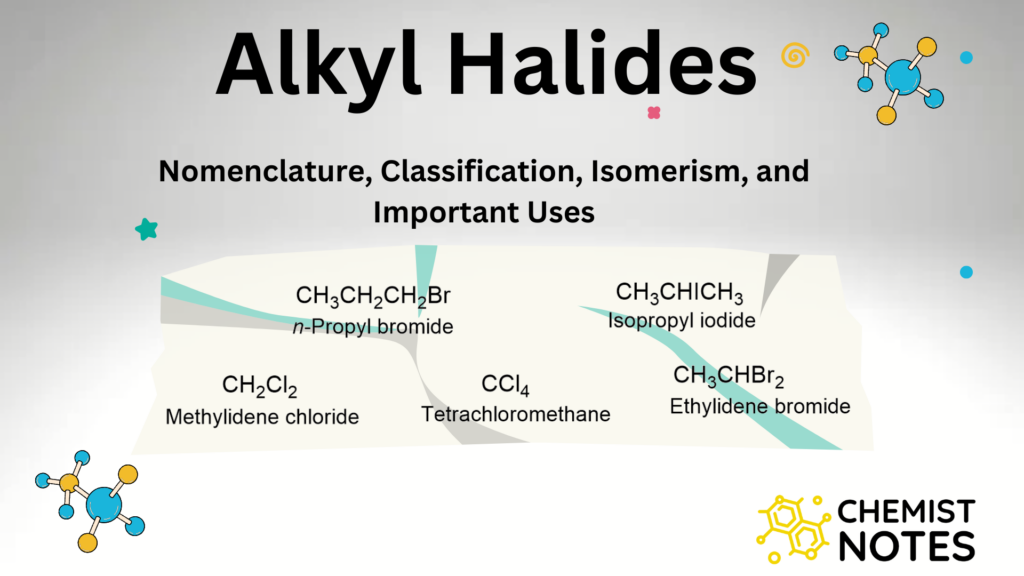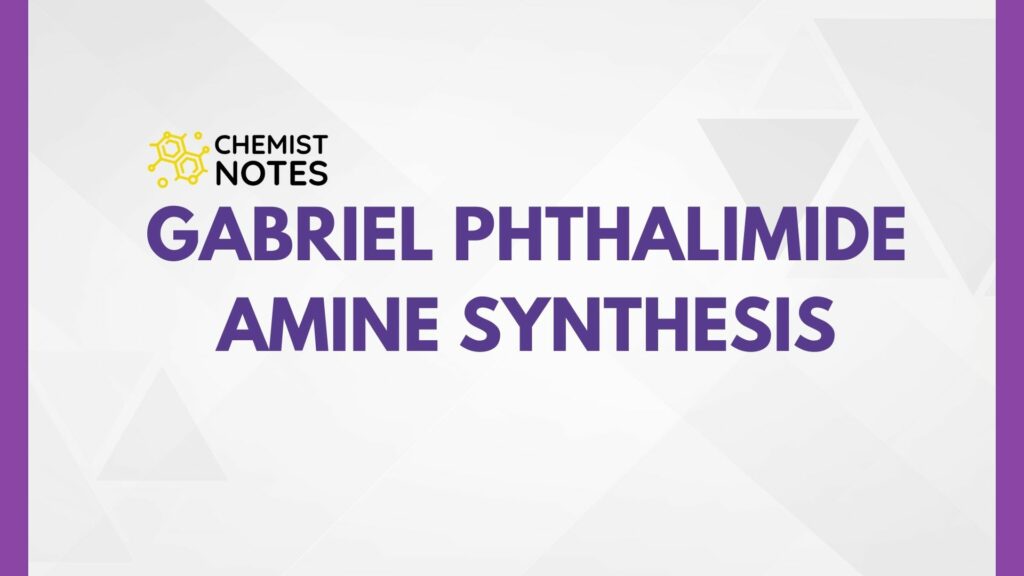Table of Contents
ToggleNucleophiles are negatively charged or neutral species containing lone pairs of electrons, and which have an octet of electrons. It is also called electrons rich species and is a Lewis base as it donated lone pairs of electrons and forms bonds with an electrophile. Nucleophilicity decreases on moving from left to right in the periodic table (CH3– > NH2– > OH– > F–), and also decreases on moving from top to bottom.
Example of Nucleophiles
Some of the major examples of nucleophiles are: CH3–,NH2–, OH–, F–, Cl–, H2O, NH3, CN–, RCOO– etc.
Nucleophile Mechanism
Generally, electrophile forms bonds with the nucleophile either by substitution or addition reaction.
- Nucleophilic substitution reaction: In such reaction, nucleophile replaces leaving group by attackiing positively charged elctrophile.
- Aliphatic Nucleophilic substitution reaction: Based on the kinetics and mechanism of reaction, nucleophilic aliphatic substitution reaction is categorized into two types: SN1 and SN2 reactions.
- Aromatic Nucleophilic substitution reaction: Four possible mechanism; SNAr, SN1, Benzyne mechanism, and SRN1 mechanism
- Nucleophilic addition reaction: occurs only in the compound where nucleophile reacts with electrophilic double or triple bond.
Differences between electrophile and nucleophile
| Electrophiles | Nucleophiles |
| Electrophiles are positively charged or neutral species or have an atom that doesn’t possess an octet of electrons. | Nucleophiles are negatively charged or neutral species containing lone pairs of electrons, and which have an octet of electrons. |
| These are electron-deficient compounds | These are electrons rich species |
| Also called Lewis acid | Also called Lewis base. |
| Undergoes electrophilic substitution and electrophilic addition reaction | Undergoes nucleophilic substitution and nucleophilic addition reaction |
| Example: H3O+, CH3+, -Cl+, H+, AlCl3, BH3, CO2, SO2, etc. | Example: CH3–,NH2–, OH–, F–, Cl–, H2O, NH3, CN–, RCOO– etc. |
FAQs
What is nucleophile?
Nucleophiles are negatively charged or neutral species containing lone pairs of electrons, and which have an octet of electrons.
nucleophilicity trend
Nucleophilicity decreases on moving from left to right in the periodic table (CH3– > NH2– > OH– > F–), and also decreases on moving from top to bottom.






